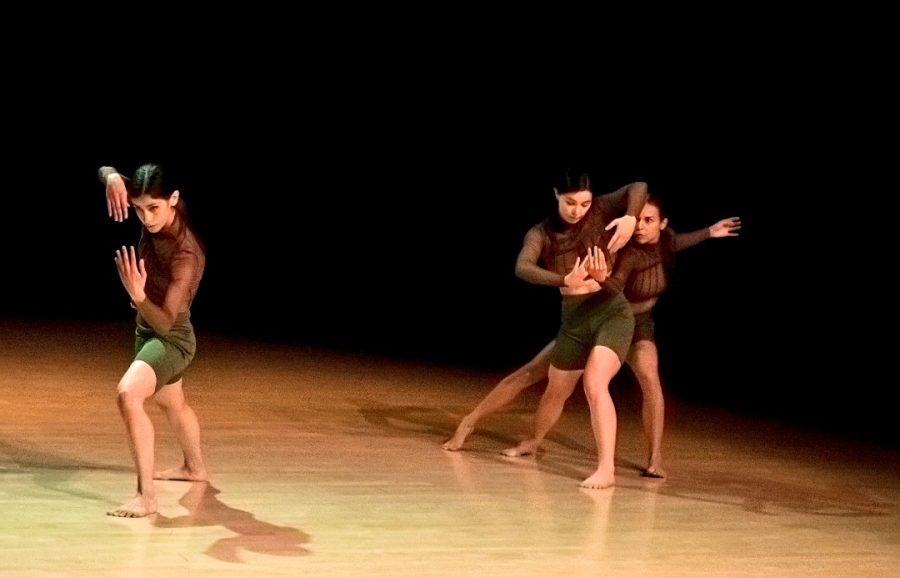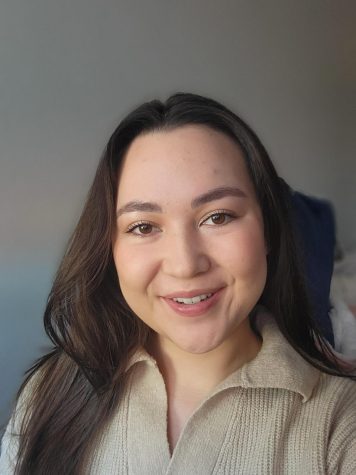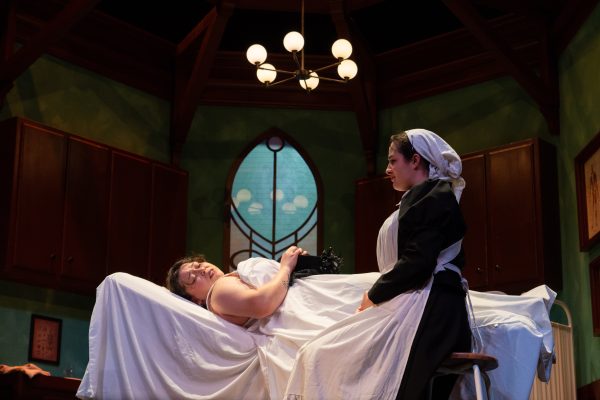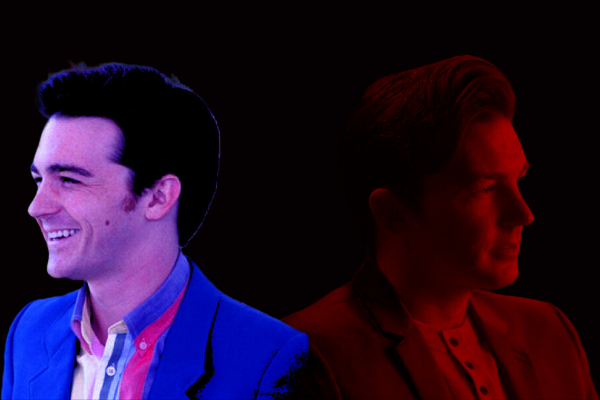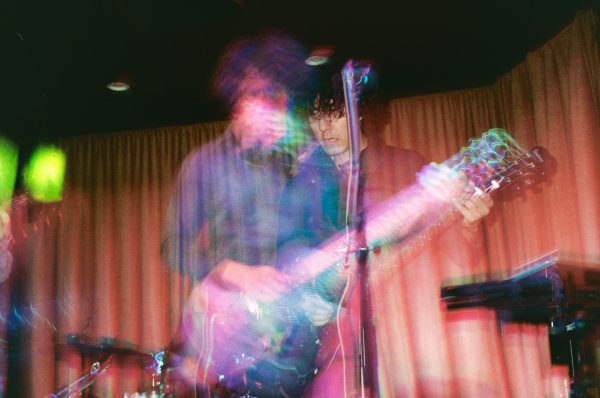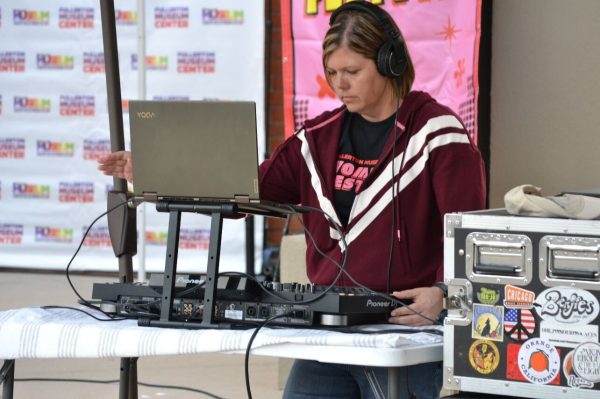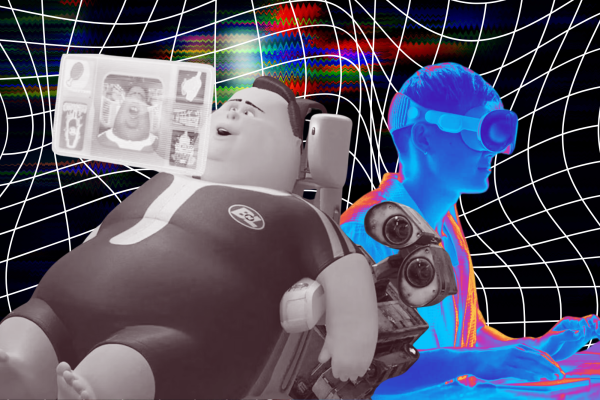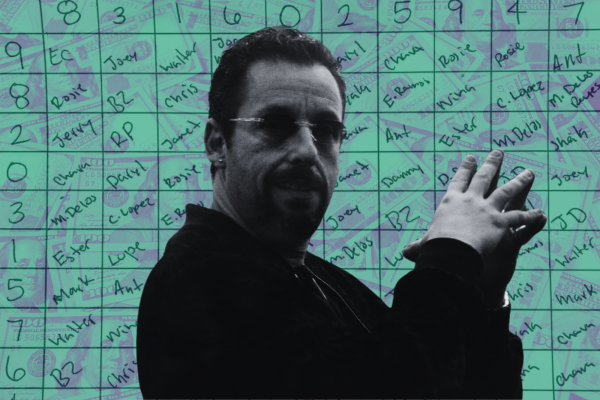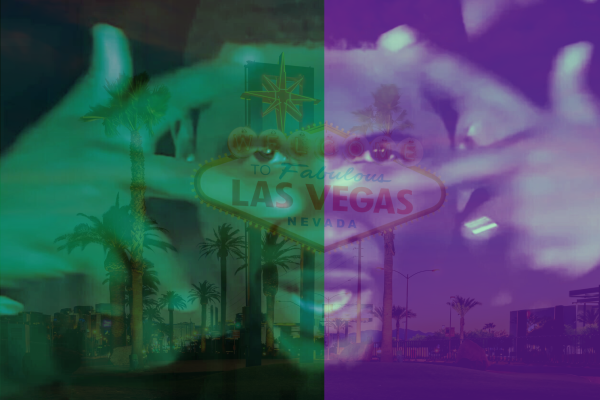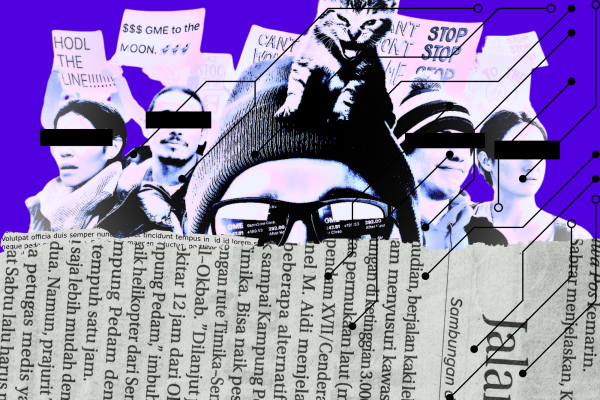Uplifting Community Through Movement
MashUP’s performance offers insight into femininity
Robert Bledose, Marketing Department
Catalina Jackson-Uruena, Megan Picas and Sandy Strangis dancing in “Embody│in⠂body” choreographed by Stephanie Heckert at Mt. SAC Dance Department’s Artist in Residence event on April 22.
Inventive choreography and transcendent dancing assembled a sense of community for female-identifying artists on April 22.
MashUP backed their mission of bringing awareness to underappreciated communities through contemporary dance as they drew these ideologies into their three performances.
The first piece was called “Untitled,” choreographed by Victoria Brown and the dancers.
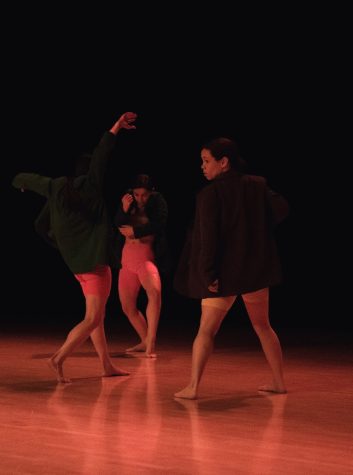
Sandy Strangis and Stephanie Heckert were among the three performers of this partially improvised piece.
Strangis grew up in the competitive dance world and graduated from University of Arizona where she earned her bachelor’s in dance.
Once in Los Angeles, she had to hustle for jobs while getting her name out into the casting network. After experiencing commercial dance, she found her place in the concert contemporary dance industry and is in her first season with MashUP.
Heckert has been living and working in Los Angeles as a dancer and dance instructor since 2014. She is in her eighth season with MashUP, has worked for a nonprofit organization and has traveled internationally to teach and choreograph.
Aside from Brown’s innovative choreography, the piece was made more interesting by having parts of the routine improvised by the dancers. Every performance would be uniquely different because the dancers have to come up with the moves on the spot. Most dances have a set storyline that the choreographers decide.
It is the dancer’s job to convey that story to the audience. Improvisation lets the dancers incorporate their own narratives more strongly into the routine as a whole, which creates a stronger connection between the dancers and audience. This practice allows the audience to interpret the narrative of the story for themselves.
Donning nude tops symbolized the solidarity in being human while the vibrant colored suits and shorts represented the different “colors” that make individuals unique. The choreography in this piece contrasted flowy and sharp movement that engrossed the audience until the end.
Some of the angles of the dancers legs and head directions were differing. If the dance had been cleaner, we would have been able to better appreciate the choreography. The slight out of sync timing is understandable since the dancers didn’t get to rehearse this performance for very long. However, the dancing coinciding with the music’s buildup gave the piece a harmonious element.
The dancers used the techniques of staying grounded in the floor to power their movement, putting resistance behind their movements to add tension and finishing their movements to bring the piece to a higher caliber.
This tension was best shown in how Strangis incorporates feminism in her dancing.
“In my dance practice, I don’t move very feminiley,” she said. “My movement is more abstract and masculine in some ways. The general population still sexualizes female artists and dancers in some spaces.”
She went on to explain how she defines feminism.
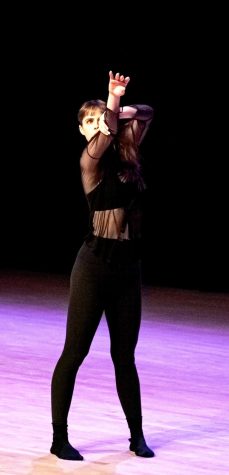
“I challenge this narrative in the way I move and the way I present myself as an artist and a person,” Strangis added. “I identify as a female but this doesn’t mean I have to move femininely or sensually. In the past, I have felt like it was almost required to be able to move this way if you wanted to be a successful working female dancer.”
The fluidity of the movement came to a halt at times which presented a nice contrast reminding the viewers of the beauty in stillness that could be interpreted as a metaphor for life.
Life comes in starts and stops and you just have to learn how to navigate it the best you can.
“Untitled” as the name of the routine, the improvisation and the symbolic costumes combined to make this first performance fun and creative as the audience felt included in the piece as an active member because the responsibility was placed on the viewers to decide the narrative.
The lights went dark and rose again revealing a solo excerpt – “Unravel” – choreographed by Sarah Rodenhouse and performed by Nicole Hagen.
While Hagen grew up as a competitive dancer and earned her bachelor’s in dance performance magna cum laude, her passion for choreography showed.
Unapologetically herself in her fifth season with MashUp, her solo piece had a dark tone as Hagen paired unstable movement with body control creating this rare contrast. Casting off her black see through button down to reveal black sports bra, leggings and socks drove home the theme of coming unraveled.
When people shed the layers they wear, what is it we will find underneath? We may be inspired to search for that answer ourselves after viewing Hagen’s performance.
Ending the performance with a sense of unity was “Embody│in⠂body,” choreographed by Stephanie Heckert and performed by Catalina Jackson-Uruena, Megan Picas and Sandy Strangis.
The almost hypnotic music and earth toned costumes of brown sheer tops and hunter green shorts created a dark atmosphere of almost alien, creature-like which elevated this piece.
The sheer tops make a statement about how female dancers are treated in the industry, and Heckert herself has experienced pressure to dance in certain ways in order to fulfill some projected roles as a female dancer.
MashUP changes this narrative by selecting earthy tones for their costume. This transported the group back to basics before some commercial dancing practices made the industry hypersexualized and lured dancers into believing they had to learn to sell their bodies to succeed.
The dancers feel safer in the contemporary and concert field of dance because they are encouraged to be who they are and not what they are expected to be.
Heckert said that the inspiration for this piece stemmed from having the dancers mirror one another and copy each other through the children’s game – follow the leader. We could embody inspiration from those around us ourselves, and then take it and mold it into something that is our own.
While Hagen would describe the group as a family, Strangis referred to MashUP as a safe haven within the contemporary world of dance.
“With MashUP, and other safe dance spaces I have found in LA, I have realized this is not the case,” she said. “In these spaces I am celebrated for simply being me.”
At the end of the day, we are all but outsiders navigating the space we inhabit drawing inspiration from what’s around us to keep going.
This dance also utilized partner work and group work along with flowy and sharp movement to insinuate the reality that life isn’t just one straight line and sometimes you have to work together.
Although some of the group work throughout the performances could have been more in sync and center stage, the company did have limited rehearsal time for this performance and their captivating dancing and insight into femininity more than made up for it.


